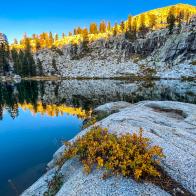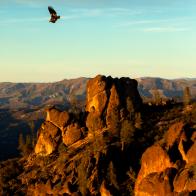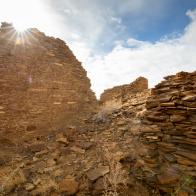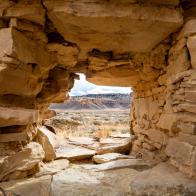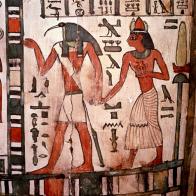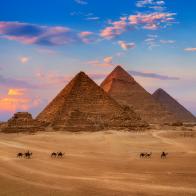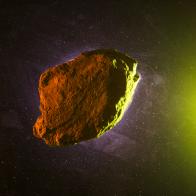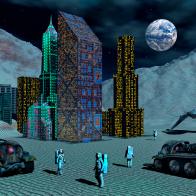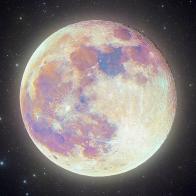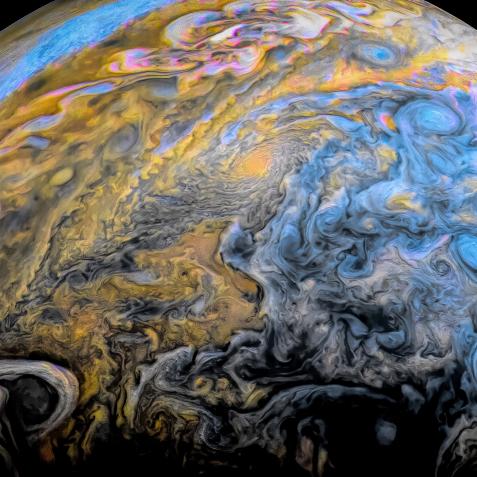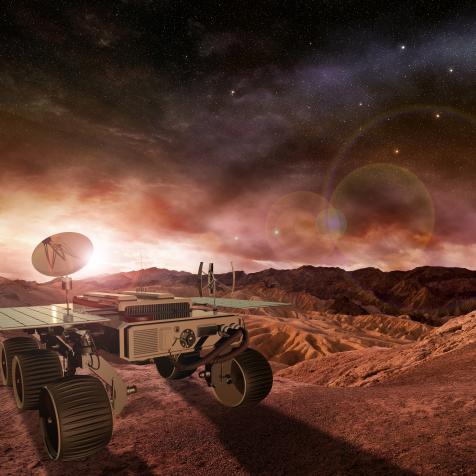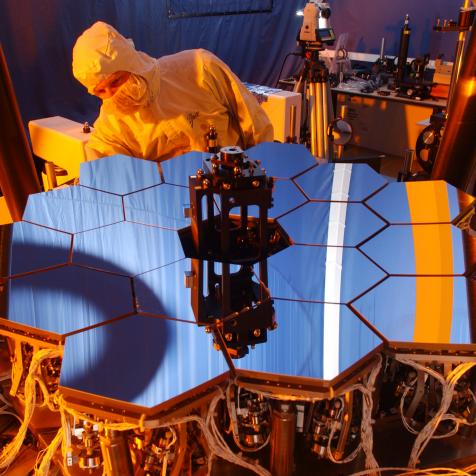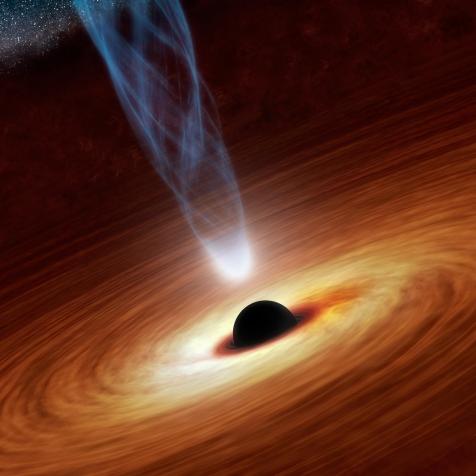
NASA/JPL-Caltech/LANL/CNES/CNRS
NASA is using Navajo Language to Name Rocks and Soil on Mars
NASA’s Perseverance team is working in tandem with the Navajo Nation to use their native language in defining rocks and soil found on Mars. 50 words have been approved to name these landmarks.
The Navajo language is being used to name landmarks and features on Mars, according to NASA. The Navajo Nation is joining forces with the Perseverance rover’s team to name features with “scientific interest” in the native language. For instance, a rock has been named “Máaz,” which is the Navajo term for “Mars.”
Navajo Nation President Jonathan Nez and Vice President Myron Lizer created a list of words in the Navajo language eligible for the rover’s team to use to name various landmarks. This is a common practice of NASA to appoint informal names, which aids mission’s members in maintaining the various features within all projects.
Navajo Nation President Nez explained in a statement: "We hope that having our language used in the Perseverance mission will inspire more of our young Navajo people to understand the importance and the significance of learning our language. Our words were used to help win World War II, and now we are helping to navigate and learn more about the planet Mars.”
50 Navajo words have been approved and provided for the rover team, with words such as “strength” (“bidziil”) and “respect” (“hoł nilį́”), along with the Perseverance being translated to “Ha'ahóni."

NASA/JPL-Caltech
This rock, called “Máaz” (the Navajo word for “Mars”), is the first feature of scientific interest to be studied by NASA’s Perseverance Mars rover.
The Perseverance rover reads computer languages through the English alphabet. Because it cannot interpret the Navajo language, the NASA team uses English letters without special characters or punctuation to illustrate the Navajo vocabulary.
Aaron Yazzie of NASA’s Jet Propulsion Laboratory in Southern California went on to explain, “this fateful landing on Mars has created a special opportunity to inspire Navajo youth not just through amazing scientific and engineering feats, but also through the inclusion of our language in such a meaningful way.”
Be sure to keep an eye out for new landmarks named after the Navajo language.




















